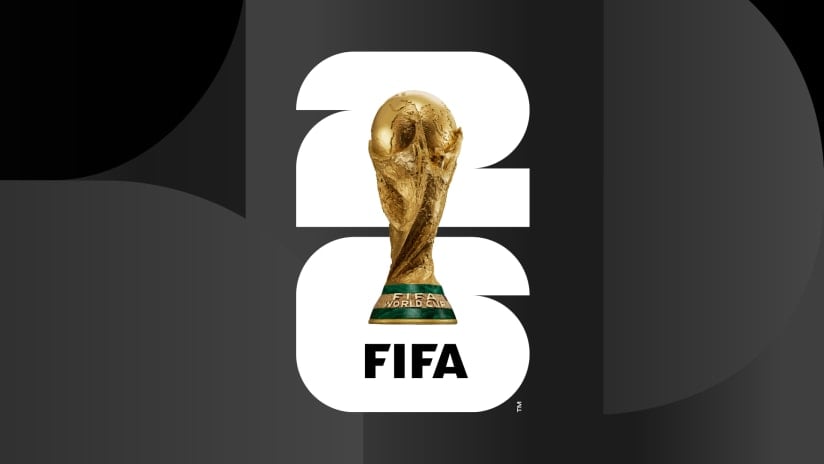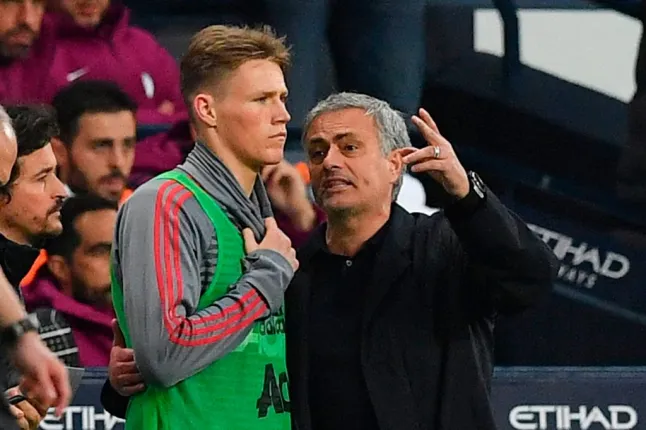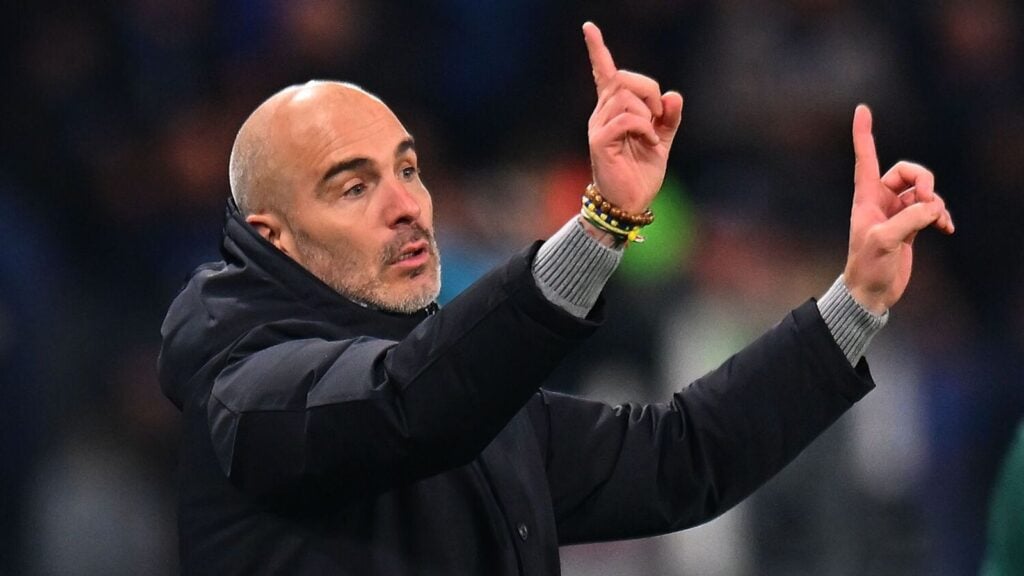
In a recent shift of financial dynamics in English football, the Premier League has proposed a significant increase in financial redistribution towards the English Football League (EFL). This move is projected to pump an additional £358m into the EFL over three seasons leading up to 2025-26. However, there’s a catch – or several, in fact.
Breaking Down the Numbers
Let’s break down what this proposal means in real terms for the EFL clubs:
- Current Season (2022-23): Additional £88m.
- Next Season (2023-24): A bump of £101m.
- Season After (2024-25): A handsome addition of £169m.
Over the following three years, these figures are anticipated to witness an upward trajectory. This proposed monetary infusion will be split across the leagues as follows:
- Championship: 75%
- League One: 15%
- League Two: 10%
From these numbers, one could deduce that while Championship clubs are set to benefit most from the Premier League’s generosity, even the lowest tier – League Two – will enjoy a decent financial uplift.
The Revenue Debate: Perspective Matters
A lingering point of contention is the slice of the media revenue pie that the EFL clubs believe they deserve. The clubs have their sights set on a hefty 25% of the combined net media revenue of both the Premier League and EFL. However, as of now, they’re being offered a smaller slice, equating to 14.75%. On flipping the coin, the Premier League provides a different narrative, asserting that the actual amount is closer to 21% once other payments and levies are considered.
The Premier League argues the amount equates to about 21% once transfer levies and other payments are taken into account.

Delving into the Premier League’s Stipulations
The Premier League isn’t simply opening its coffers without expectations. The league has certain prerequisites attached to this generous financial proposal:
- U-21 Club Participation in EFL Trophy: The Premier League desires more fixtures for its under-21 clubs participating in the EFL Trophy. This season already sees 15 clubs in action.
- Allocation Restrictions: Clubs in League One and Two can’t splurge all the additional funds on transfers or player wages. A portion must be dedicated to improving facilities.
- Parachute Payments: These payments, essentially a financial safety net for clubs relegated from the Premier League, must persist despite EFL’s reservations.
Challenges and Contentions
The road to finalizing this deal is fraught with challenges. EFL leadership has voiced concerns, particularly around cost controls, which need to be determined concurrently with the redistribution increase. One major bone of contention is:
Spending Disparities: A suggestion has been floated that clubs demoted from the Premier League should maintain their higher spending powers. This is met with resistance from Championship clubs, who fear this might upset the competitive balance of the division.
These relate primarily to the nature of cost controls to be agreed alongside an increase in redistribution.
The Merit-Based Distribution System
Post this season, a merit-based financial distribution system will kick in. Essentially, the better a club performs, the larger their share of the financial pie. Over the next three years:
- Each Championship club could pocket approximately an extra £10m.
- League Two clubs are looking at potential gains of about £350,000 this season.
Concluding Remarks
This proposed financial revamp is the outcome of rigorous discussions between league leaderships. The EFL, expressing its commitment to its clubs’ financial well-being, is keen on reaching a favorable conclusion soon. The Premier League, on the other hand, awaits feedback from the EFL and hopes that a formal proposal can be pitched to its clubs soon. The ball is now in the court of the 72 EFL clubs, whose vote will ultimately determine the trajectory of this proposal. The English football financial landscape is on the brink of potential transformation, and all eyes are set on the unfolding developments.




